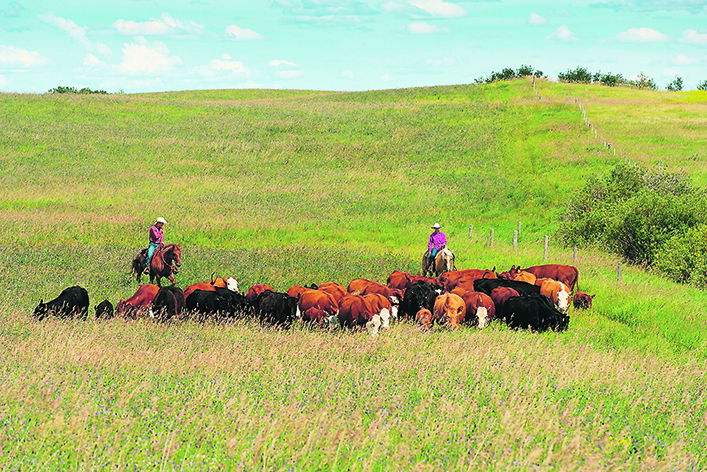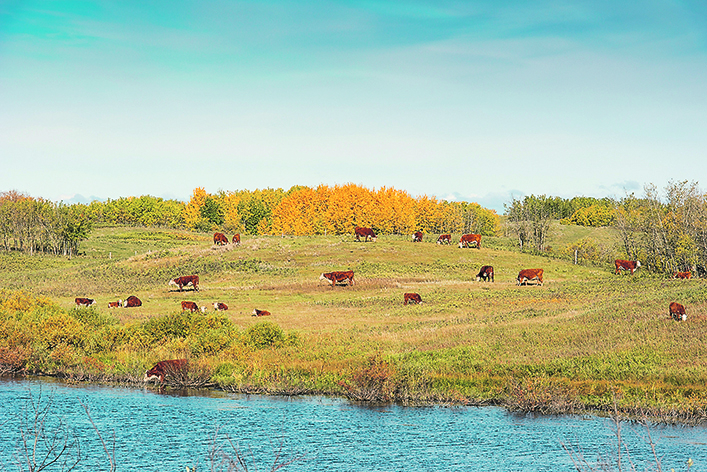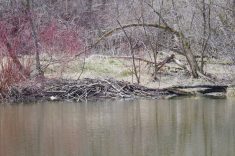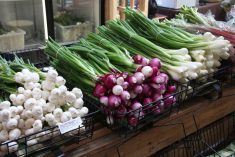Ranching couple waited to make a decision on a conservation easement until their children were old enough to participate
A decision to apply a conservation easement to about 2,000 acres of native grassland and protect it forever was put on hold until Terri and Brad Mappin’s teenage children could be part of the discussion.
“It was something important for the kids to understand the implications of it,” said Terri.
The family doesn’t know if their sons, aged 18 and 17, will be part of the farm’s future, but the couple felt they needed to be part of the discussion and decide together if they wanted to place part of their central Alberta farm into a conservation easement and never allow it to be cultivated.
The couple talked about placing a conservation easement on the land with Ducks Unlimited’s conservation specialist Bob Thomson a few years earlier, but believed the children were too young to process the long-term consequences.
Instead, in 2016, the family entered into a 10-year wetland restoration agreement with the conservation organization to plug previously drained sloughs, reseed grass and restore the wetlands on their dryland farm.

“We went with the wetland restoration and did as many wetland restorations as we could in that time frame. Three years ago, we sat down with the kids again and said, ‘hey, what do you foresee in the future.’ ”
There was no definitive answer about the kids’ future, but the children also didn’t want to see the native grass broken and together they went forward as a family with the conservation easements.
“The conservation easement keeps a generation moving forward with our plans. When it comes to farm transitions, or where it goes, communication is 99 percent of that. It is a huge component of it.”
“Transition wise it was so important for those kids to understand the implications of it before they would sign.”
Brad grew up farming, but in 1994 bought five quarters from an aunt and uncle who were retiring. The farm has grown to 22 quarters with a lot of on-farm and off-farm work. At one time, the farm was a traditional mix of grain and livestock, but is now strictly focused on cattle.
Along with other families, they started the Palliser Grazing Club to support and learn about the best ways to graze cattle in their area, the transition zone between the rough fescue and mixed-grass prairie.
“We were excited to move forward with the grass.”

Mappin believed having age-appropriate conversations about farmland, the future, death and transition when the children were younger has helped guide harder conversations as the children grow older.
“What if something happens to Mom and Dad? What if only one wants to come back? What if both want to come back? So many failures are because of the lack of communication.”
As the kids have gotten older, the conversations have become more formal, scheduled meetings.
Mappin said the children are encouraged to leave the farm, but the door is always open to return.
“We strongly encourage the boys to just leave the farm. We want to encourage kids to see what is out there and what interests them, but also let them keep a foot in the door and hang on to the things they love about here as well.”

















